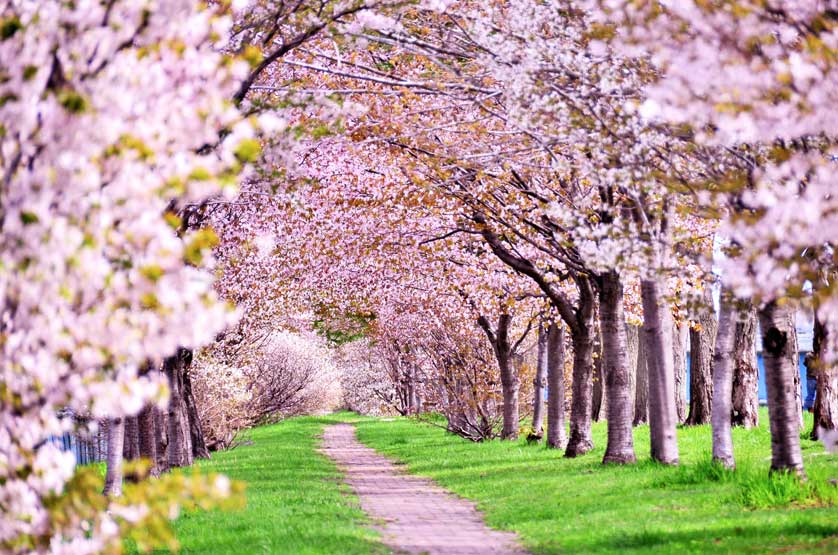
Which Holiday has the Most Significance in Japanese Culture?
Japan is a nation rich in customs and culture, and the depth of its history is shown through its festivals. Cherry blossom festivals are among the most prominent in Japanese culture. This article discusses Japanese festivals and why cherry blossoms are so precious to the Japanese.

Cherry Blossom Festival (Sakura Matsuri):
As more than simply a flower, the cherry blossom, or sakura, represents the fleeting beauty of life itself in Japan. The appearance of cherry blossoms in the springtime brings the country to life. These beautiful pink and white flowers cover parks, gardens, and streets, making for an amazing sight. The Sakura Matsuri, or Cherry Blossom Festival, celebrates this natural beauty with picnics, hanami celebrations, and an awareness for life's transience.
Visit www.japannakama.co.uk/the-enchanting-beauty-of-cherry-blossoms to see the breathtaking beauty of cherry blossoms up close and experience the charm of Japan's most cherished holiday.
New Year's Celebration (Shogatsu):
The New Year is observed with tremendous respect and excitement in Japan. Traditions like hatsumode (the first shrine visit) and osechi ryori (special New Year's meals) bring families together. A beloved custom, the ringing of temple bells on New Year's Eve at midnight is said to cleanse and provide good luck for the next year.
Coming of Age Day (Seijin no Hi):
Coming of Age Day in Japan is celebrated on the second Monday of January to recognize persons who have reached 20. Young people participate in parades, attend rituals at local government offices, and dress traditionally in kimonos or hakama. It's a day to celebrate attaining this important milestone and to reflect on one's adult responsibilities.
Children's Day (Kodomo no Hi):
Kodomo no Hi, or Children's Day, is observed on May 5th in Japan. Koinobori, or windsocks fashioned like carp, are displayed outside of houses by families as a sign of their children's strength and prosperity. This day is spent eating kashiwa mochi and praying for the health and success of children.
Obon Festival (Obon):
August is Obon, a Buddhist holiday honoring departed ancestors. Families burn lanterns and prepare food and incense on altars in their homes to greet the return of their ancestors' spirits. Attending local festivals and seeing bon odori dances brings families together.
Tanabata: The Festival of Stars
Tanabata, held on July 7, is based on the story of two heavenly lovers, Orihime and Hikoboshi, who can only meet once a year over the Milky Way. On vibrant paper strips called tanzaku, people write their wishes and hang them on bamboo trees. It's a day to celebrate love and make wishes.
Conclusion
Japan has a wide variety of festivals that showcase its rich cultural past. It acts as a reminder of life's impermanence and the value of savoring the brief yet exquisite moments spent with loved ones. The custom of hanami, or flower-viewing gatherings, is evidence of the Japanese people's strong affinity for cherry blossoms.